What happened to the 2018 Arizona Diamondbacks?
Oct 1, 2018, 5:42 PM | Updated: 6:47 pm
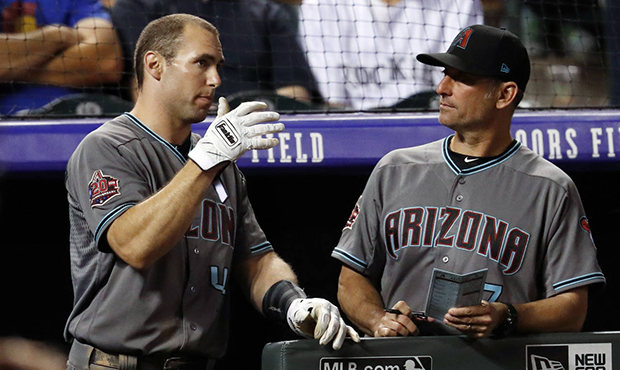
Arizona Diamondbacks first baseman Paul Goldschmidt, left, talks with manager Torey Lovullo as the Diamondbacks bat against the Colorado Rockies in the ninth inning of a baseball game, Tuesday, Sept. 11, 2018, in Denver. Arizona won 6-3. (AP Photo/David Zalubowski)
(AP Photo/David Zalubowski)
PHOENIX — The scene on Monday was one of closure. Cardboard boxes, suitcases and sorted laundry were scattered about the D-backs’ clubhouse, and players were few and far between.
Many lockers were already completely empty as though no one had ever occupied them. A few had yet to be packed up.
For most of the season, that same clubhouse was a bustling headquarters for a first-place baseball team; a place where conversations were had, music often played, TVs were on, players filing in and out. But the day after the D-backs’ 162-game schedule came to a close — with no October baseball on the agenda — the sights and sounds were far different.
How apropos it was that on this particular morning, the skies in Phoenix were grey, and rain sprinkled calmly to the ground.
So, what happened?
“I think we’re all curious to put our finger on exactly what happened,” general manager Mike Hazen said when discussing the team’s exit meetings with players, which took place in San Diego this weekend. “We were in first place the start of every single month, including Sept. 1, and as of this last weekend, we were eight games out of first place. There has to be a reason for how you get there. It’s not bad luck. We earned our position where we finished.”
Third place, to be specific, is where the D-backs wound up — nine games out of first. This, despite leading the NL West for 125 days in 2018. They finished 82-80.
“There’s so many things that popped up for me that maybe I would’ve done differently,” manager Torey Lovullo said. “I believe in some of the things that I do, there’s a strategy to it, but I’ll focus on everything from A to Z to make sure that I grow and learn.
“It was a long, grinding season, it was a very successful start followed by some ups and downs. And then one really, really frustrating September.”
In trying to reverse his team’s downward spiral in September, Lovullo said he “laughed, cried with [the players], I barked at them, I pushed them, I comforted them.” Ultimately, his efforts weren’t working, he said. That’s when he simply left it up to the players go and achieve their goal, and guys might have started to press too much.
“I think when you try so hard at something and you can’t reach it, it just ends up backing up on you,” Lovullo said. “And that’s where I think some of these guys landed. They just tried too hard to grab something too quickly. It’s a patient approach to playing the game the same way that you have that led you to that point. That’s a valuable lesson that I heard that these guys learned.”
THE OFFENSE
From a more literal standpoint, the numbers paint a picture of a Diamondbacks team that just simply did not play well in the month of September, nor consistently for the entire year, for that matter.
Here are there batting averages, month-by-month:
April: .235
May: .193
June: .249
July: .262
August: .254
September: .214
Arizona parted ways with its hitting coach, Dave Magadan, on Monday. That isn’t to say that Magadan was at fault for the team’s woes at the plate, but it’s factually true that the D-backs’ batting average decreased year-to-year each season for the three that he was in charge of hitting in Arizona.
By the end of May, the D-backs’ lineup was full of unimpressive batting averages. Paul Goldschmidt (.209), Jarrod Dyson (.202), Jake Lamb (.212), Ketel Marte (.216), Chris Owings (.190) and Nick Ahmed (.202) were all hitting below what one would reasonably expect for those players. All of them but Dyson finished the year with better averages than those, but in the month of September, the team as a whole ranked 29th and 23rd in batting average and runs scored, respectively.
“We talked about linked at-bats, we talked about having a personality from an offensive standpoint and knowing that we can do special things,” Lovullo said. “I think that got away from us this year, whereas last year, the line got moving and we could put up five or six runs in a hurry. I just think we lost that confidence that we could put crooked numbers up there against any type of pitching at any point in time during the game.”
Arizona finished 19th in MLB in runs scored. In 2017, they finished eighth.
Lovullo added that while the team had its moments, inconsistency was a problem for the offense in 2018.
PITCHING
The D-backs finished the season third in MLB in team ERA (3.66), third in starter ERA (3.61) and fifth in bullpen ERA (3.78). Not bad, right?
Those numbers don’t tell you that what runs the team did give up came at some of the costliest moments. When asked last week if there was a moment where he felt like the fall out of playoff contention began, Lovullo referenced a blown lead late in a ballgame against Seattle. That “gut punch” continued with painful losses late in the games of a series in Los Angeles.
Lovullo was asked Monday to diagnose what went wrong with the bullpen down the stretch. He said mental fatigue was probably part of it.
“I know it’s probably a combination of both things where it was just a grind on them from a mental standpoint, and then physically, it may have caught up to them as well. There’s also that factor that I talked about where they wanted things so badly that it might have backed up on them,” he said. “I just think it was a perfect storm. I think it came together for the position players, the starting pitchers and the relief pitchers all at the same time.”

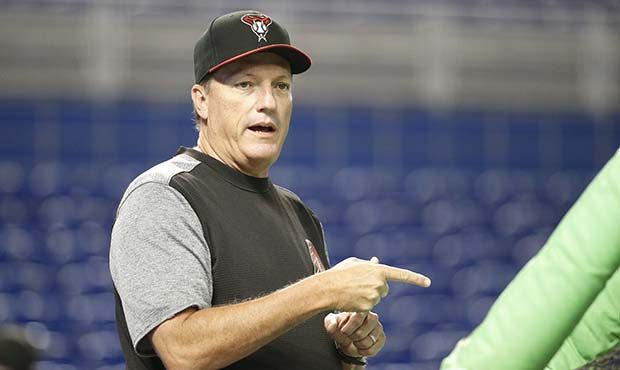

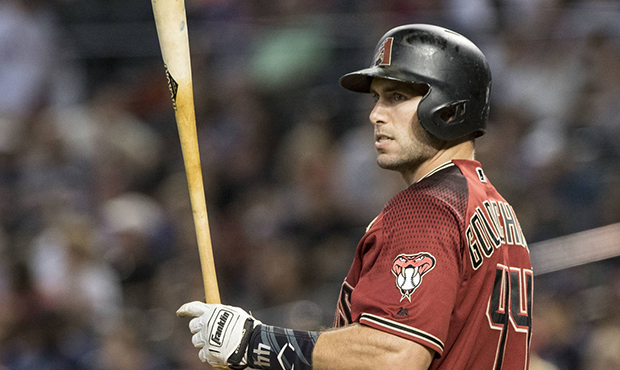


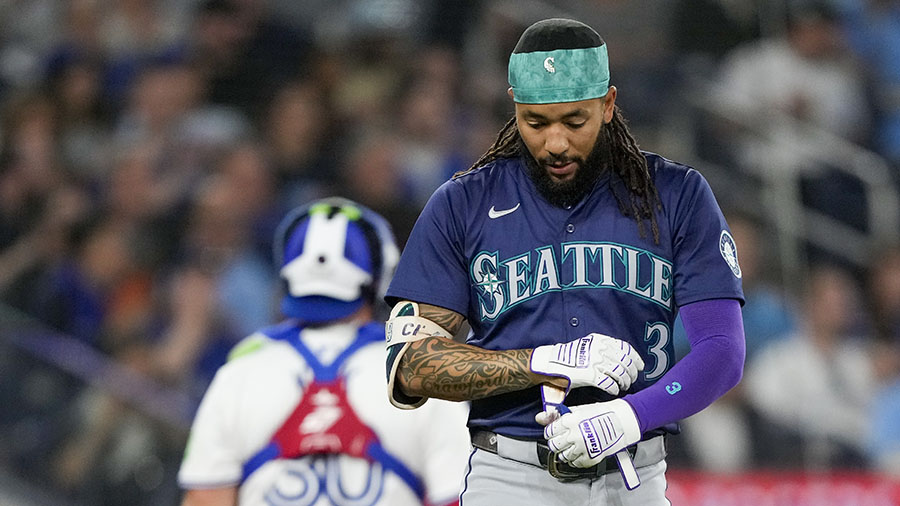
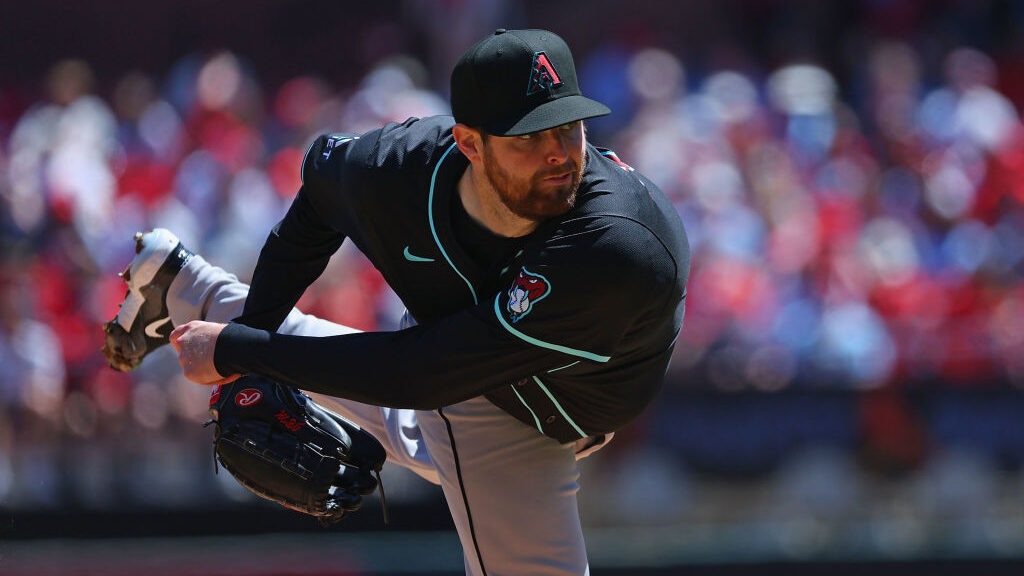
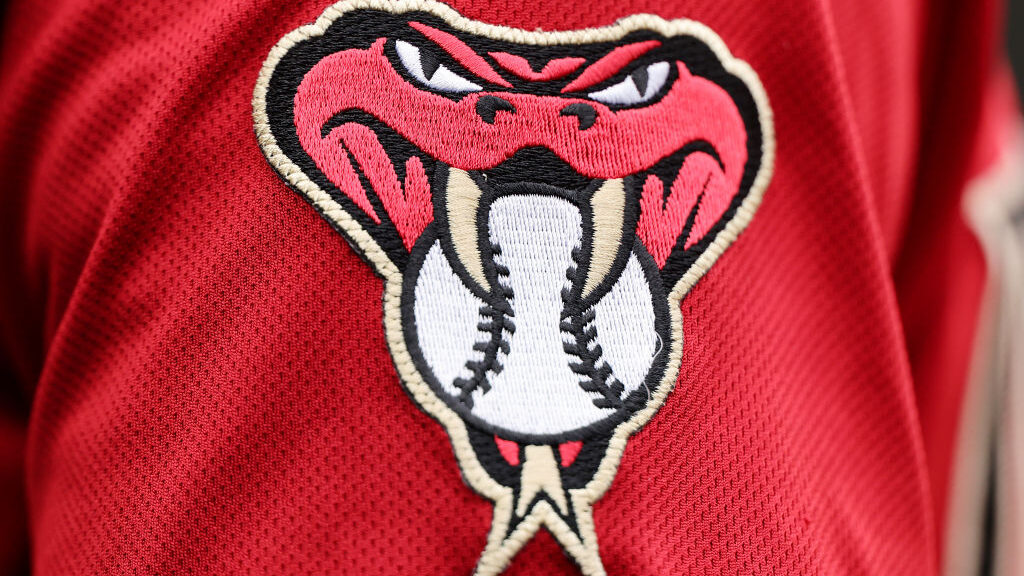


Comments